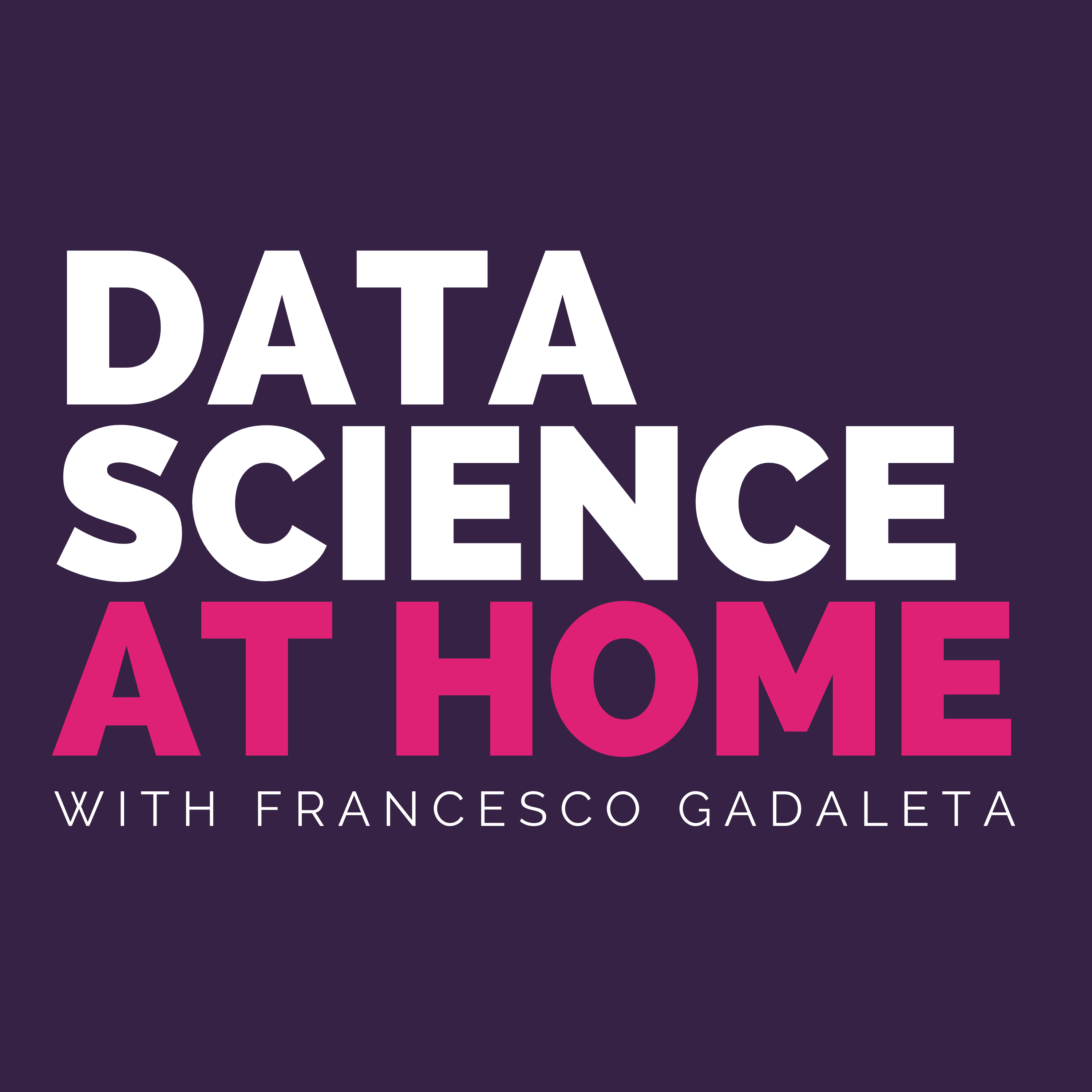- Technology
- SEE MORE
- classical
- general
- talk
- News
- Family
- Bürgerfunk
- pop
- Islam
- soul
- jazz
- Comedy
- humor
- wissenschaft
- opera
- baroque
- gesellschaft
- theater
- Local
- alternative
- electro
- rock
- rap
- lifestyle
- Music
- como
- RNE
- ballads
- greek
- Buddhism
- deportes
- christian
- piano
- djs
- Dance
- dutch
- flamenco
- social
- hope
- christian rock
- academia
- afrique
- Business
- musique
- ελληνική-μουσική
- religion
- World radio
- Zarzuela
- travel
- World
- NFL
- media
- Art
- public
- Sports
- Gospel
- st.
- baptist
- Leisure
- Kids & Family
- musical
- club
- Culture
- Health & Fitness
- True Crime
- Fiction
- children
- Society & Culture
- TV & Film
- gold
- kunst
- música
- gay
- Natural
- a
- francais
- bach
- economics
- kultur
- evangelical
- tech
- Opinion
- Government
- gaming
- College
- technik
- History
- Jesus
- Health
- movies
- radio
- services
- Church
- podcast
- Education
- international
- Transportation
- Other
- kids
- podcasts
- philadelphia
- Noticias
- love
- sport
- Salud
- film
- and
- 4chan
- Disco
- Stories
- fashion
- Arts
- interviews
- hardstyle
- entertainment
- humour
- medieval
- literature
- alma
- Cultura
- video
- TV
- Science
- en
How to cluster tabular data with Markov Clustering (Ep. 73)

In this episode I explain how a community detection algorithm known as Markov clustering can be constructed by combining simple concepts like random walks, graphs, similarity matrix. Moreover, I highlight how one can build a similarity graph and then run a community detection algorithm on such graph to find clusters in tabular data.\nYou can find a simple hands-on code snippet to play with on the Amethix Blog\xa0\nEnjoy the show!\xa0\n\xa0\nReferences\n[1] S. Fortunato, \u201cCommunity detection in graphs\u201d, Physics Reports, volume 486, issues 3-5, pages 75-174, February 2010.\n[2] Z. Yang, et al., \u201cA Comparative Analysis of Community Detection Algorithms on Artificial Networks\u201d, Scientific Reports volume 6, Article number: 30750 (2016)\n[3] S. Dongen, \u201cA cluster algorithm for graphs\u201d, Technical Report, CWI (Centre for Mathematics and Computer Science) Amsterdam, The Netherlands, 2000.\n[4] A. J. Enright, et al., \u201cAn efficient algorithm for large-scale detection of protein families\u201d, Nucleic Acids Research, volume 30, issue 7, pages 1575-1584, 2002.